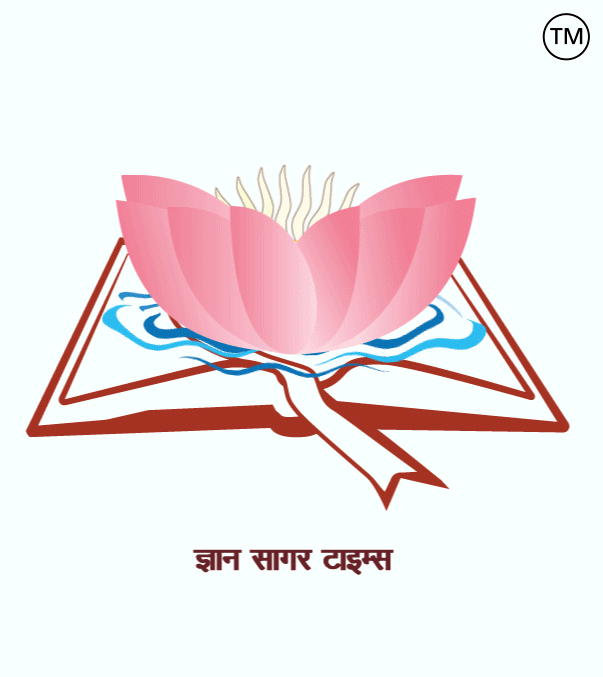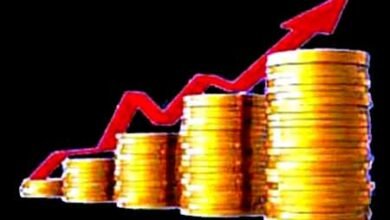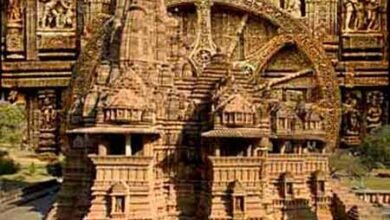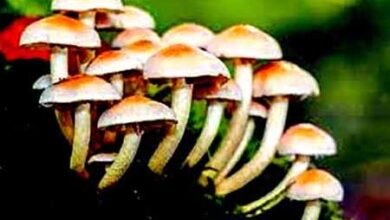
Related to economics -186.
|
1. How is India’s economy? = Mixed economy. 2. Which production is a free gift of nature? = Land. 3. Which tax is levied by the state government? = Business tax, VAT and Motor Vehicle Tax. 4. Direct Taxes? = A tax that an individual or organization pays directly to the entity that imposed it. 5. The largest commercial bank in the country? = State Bank. 6. When was the Securities Regulation Board established in India? = 12 April 1988. 7. Who exercises effective control of the stock market? = SEBI. 8. From where does the central government get the most net revenue? = GST and Income Tax. 9. What is the balance of payments related to import-export of a country? = Trade balance. 10. When was the insurance scheme launched? = 01 April 2008. 11. When was the Central Board of Excise and the Board of Direct Production established by dividing the Central Board of Revenue in India? = Year 1963 AD (Constitution of two Boards under Section 3 of the Central Board of Revenue Act, 1963). 12. To whom are the words Mandadiya and Tejadia related? = Stock market (Bullish is known as Bull, which means the market is rising. On the other hand, bear is known as Bear, due to which investors sell the market expecting a recession). 13. What kind of country is India from an economic point of view? = India’s economy is the fifth largest economy in the world. 14. What is Super 301? = Legal Section of US Trade (system of imposing higher customs duty on imports). 15. What is the Hindu growth rate related to? = GDP. 16. What is the meaning of cheap currency? = Reduced rate of interest. 17. To find per capita income, what is the total income divided by? = Total population of the country. 18. Which is the main regulatory authority for insurance companies in India? = Insurance Regulatory and Development Authority of India (IRDAI). 19. In the context of the International Monetary Fund (IMF), what is a quota? = IMF by different countries. Contribution given to. 20. When is the Economic Survey presented in Parliament every year? = One day before the budget presentation for the coming year. 21. ‘W. E. F. ‘(WEF)? = World Economic Forum. 22. Whose creation is ‘Value and Capital’? = John Richard Hicks (British economist). 23. Who was appointed the chairman of the Tax Reforms Committee? = Raja Chelliah. 24. Who introduced market law? = French economist Jean-Baptiste. 25. What is ‘National Income’? = The net sum of the goods or capital resources of a country passing from the production system of a country to the final consumer. 26. Who calculates the national income in India? = National Statistical Office (NSO). 27. Open Market Operations is a part of which policy? = Contractionary Monetary Policy. 28. Who publishes the ‘World Investment Report’ (WIR) every year? = United Nations Conference on Trade and Development (UNCTAD). 29. On what basis are the expenditure on ‘Swarna Jayanti Gramin Swarozgar Yojana’ met by the Central and State Governments? Based on = 75:25. 30. ‘Shequel’ is the currency of which country? = Israel. 31. The Khadi and Village Industries Commission was established under which five-year plan? = Under the Second Five Year Plan. 32. OECD is called? = Organization for Economic Co-operation and Development. 33. The main objective of opening a ‘No Frill’ account is to help which category of customers? = People of weaker sections of the society should also be bank account holders. 34. The definition of small scale industry in India is based on = If the investment in plant and machinery in an industry is more than Rs 25 lakh but less than Rs 5 crore. =========== ========== ========= ====== अर्थशास्त्र से संबंधित-186.
1. भारत की अर्थव्यवस्था कैसी है? = मिश्रित अर्थव्यवस्था. 2. कौन-सा उत्पादन प्रकृति का निःशुल्क उपहार है? = भूमि. 3. कौन-सा कर राज्य सरकार लगाती है? = व्यापार कर, वैट और मोटर वाहन कर. 4. प्रत्यक्ष कर है? = वह कर है जो कोई व्यक्ति या संगठन सीधे उस इकाई को देता है जिसने इसे लगाया है. 5. देश का सबसे बड़ा वाणिज्यिक बैंक? = स्टेट बैंक. 6. प्रतिभूति विनियम बोर्ड की स्थापना भारत में कब हुई थी? = 12 अप्रैल 1988. 7. शेयर बाजार के प्रभावपूर्ण नियंत्रण कौन करता है? = सेबी. 8. केंद्र सरकार को सबसे निवल राजस्व की प्राप्ति कहाँ से होती है? = जीएसटी और आयकर. 9. किसी देश का आयात-निर्यात से संबंधित भुगतान शेष को कहते है? = व्यापार शेष. 10. बीमा योजना का शुभारंभ कब हुआ था? = 01 अप्रैल 2008. 11. भारत में केंद्रीय राजस्व बोर्ड का विभाजन करके केंद्रीय उत्पादन सीमा शुल्क बोर्ड तथा प्रत्यक्ष बोर्ड की स्थापना कब हुई? = वर्ष 1963 ई (केंद्रीय राजस्व बोर्ड अधिनियम, 1963 की धारा 3 के तहत दो बोर्डों के गठन). 12. मंदडि़या व तेजडि़या शब्द किससे संबंधित है? = शेयर बाजार (तेजडि़या को बुल के नाम से जाना जाता है इसका मतलब बाजार में वृद्धि हो रही है. वहीं , इनके उलट मंदडि़या इसका मतलब Bear होता है जिससे बाजार में मंदी की आशा करते हुए निवेशक बिकवाली करते हैं). 13. आर्थिक दृष्टि से भारत कैसा देश है? = भारत की अर्थव्यवस्था विश्व की पांचवीं सबसे बड़ी अर्थव्यवस्था है. 14. सुपर 301 क्या है? = अमेरिका व्यापार की कानूनी धारा (आयात पर उच्च सीमा शुल्क लगाने की व्यवस्था). 15. हिन्दू वृद्धि दर किससे संबंधित है? = जीडीपी. 16. सस्ती मुद्रा का अर्थ होता है? = ब्याज की दर कम होना. 17. प्रति व्यक्ति आय ज्ञात करने के लिए कुल आय को किससे भाग दिया जाता है? = देश की कुल जनसंख्या. 18. भारत में बीमा कंपनियों के लिए मुख्य विनियामक प्राधिकरण है? = भारतीय बीमा नियामक और विकास प्राधिकरण (IRDAI). 19. अन्तर्राष्ट्रीय मुद्रा कोष (IMF) के संदर्भ में कोटा किसे कहते हैं? = विभिन्न देशों द्वारा आई. एम. एफ. को दिए गए अंशदान को. 20. आर्थिक सर्वेक्षण प्रतिवर्ष संसद में कब प्रस्तुत किया जाता है? = आगामी वर्ष के बजट प्रस्तुतीकरण से एक दिन पूर्व. 21. ‘डब्ल्यू. ई. एफ.’(WEF)? = विश्व आर्थिक मंच. 22. ‘Value and Capital’ किसकी रचना है? = जॉन रिचर्ड हिक्स (ब्रिटिश अर्थशास्त्री ). 23. कर सुधार समिति (Tax Reforms Committee) का अध्यक्ष किसे नियुक्त किया गया था? =राजा चेलैया. 24. मार्केट-लॉ का प्रतिपादन किसने किया? = फ्रांसीसी अर्थशास्त्री जीन-बैप्टिस्ट. 25. ‘राष्ट्रीय आय’ किसे कहते हैं? = किसी देश की उत्पादन व्यवस्था से अंतिम उपभोक्ता के हाथों में जाने वाली वस्तुओं या देश के पूंजीगत साधनों के विशुद्ध जोड़ को. 26. भारत में राष्ट्रीय आय की गणना कौन करता है? = राष्ट्रीय सांख्यिकी कार्यालय (NSO). 27. खुले बाजार की क्रियाएं (Open Market Operations) किस नीति का अंग है? = संकुचनकारी मौद्रिक नीति. 28. प्रतिवर्ष ‘विश्व निवेश रिपोर्ट’ (WIR) का प्रकाशन कौन करता है? = संयुक्त राष्ट्र व्यापार और विकास सम्मेलन (UNCTAD). 29. ‘स्वर्ण जयन्ती ग्रामीण स्वरोजगार योजना’ पर होने वाले व्यय को केन्द्र एवं राज्य सरकारों द्वारा किस आधार पर पूरा किया जाता है? = 75:25 के आधार पर. 30. ‘न्यू शेकेल’ (Shequel) किस देश की मुद्रा है? = इजराइल. 31. ‘खादी एवं ग्रामीण उद्योग आयोग’ की स्थापना किस पंचवर्षीय योजना के अन्तर्गत की गई थी? = दूसरी पंचवर्षीय योजना के अन्तर्गत. 32. OECD को कहा जाता है? = आर्थिक सहयोग एवं विकास संगठन. 33. ‘नो फ्रिल’ (No Frill) खाते खोलने का मुख्य उद्देश्य है, ये खाते ग्राहकों के किस वर्ग की सहायतार्थ है? = समाज के कमजोर वर्गों के लोगो को भी बैंक के खाताधारक हो. 34. भारत में लघु उद्योग की परिभाषा किस पर आधारित है? = यदि किसी उद्योग में प्लांट और मशीनरी में निवेश 25 लाख से अधिक लेकिन पांच करोड़ से कम हो.
|






